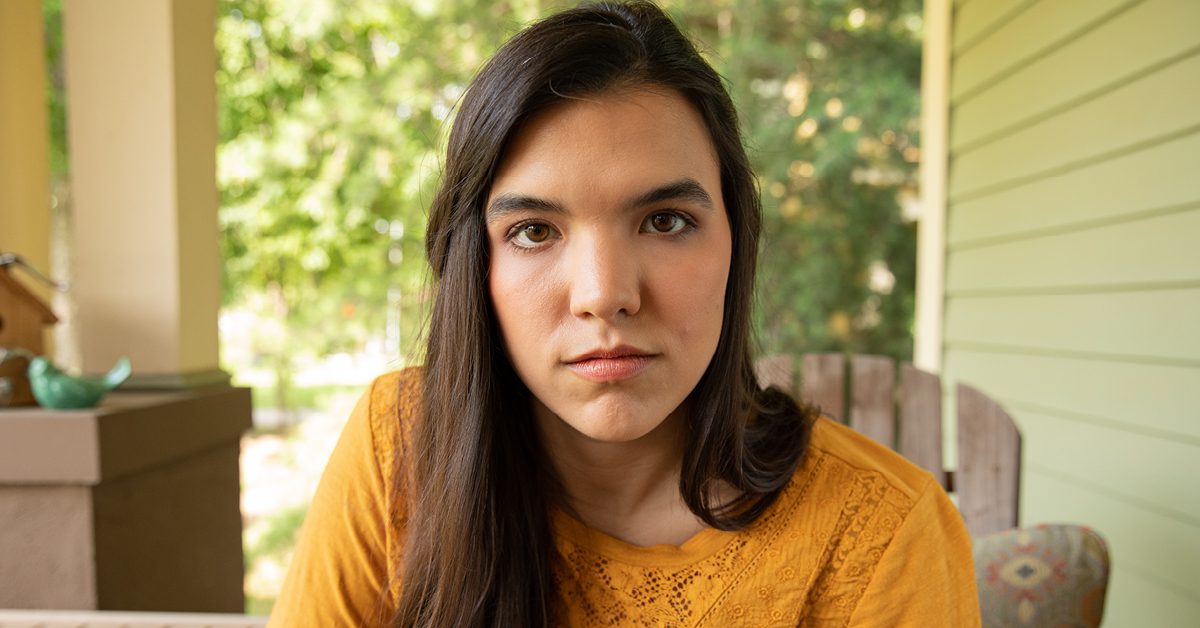Commercial tobacco is a menace to every community — including Native Americans. This public health catastrophe is the result of shameless and relentless marketing by Big Tobacco.
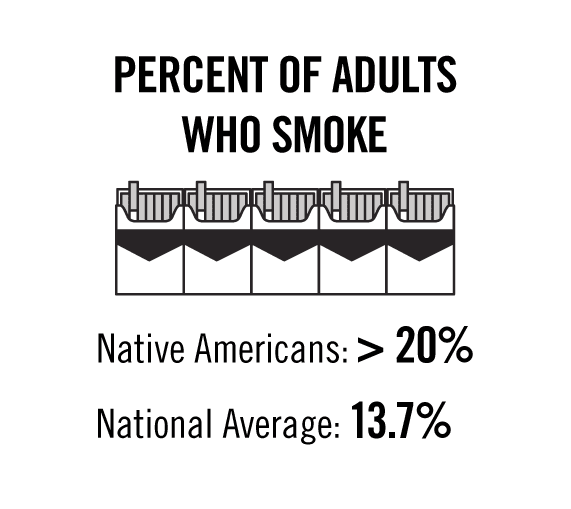
The commercial tobacco industry employs a multi-pronged strategy to appeal to Native communities. For starters, they offer deep discounts targeted at Tribal members. They also appropriate the culture, heritage and imagery of various Tribal Nations to achieve their endgame: addiction and profit.
Big Tobacco has inflicted a devastating, multi-generational impact on the health of Native Americans, and the effects are evident to this day.
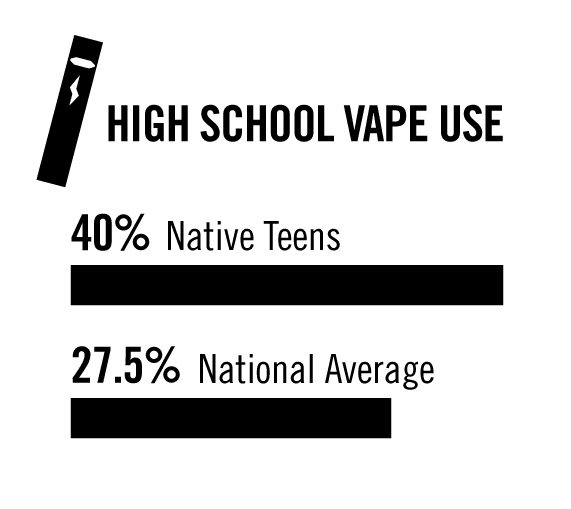
The above figures aren’t a coincidence. Research shows that kids exposed to secondhand smoke are more likely to become smokers later in life. By infiltrating Native communities, Big Tobacco knew they could reap the rewards for generations to come. Here are a few ways they did it.
A Race To The Bottom
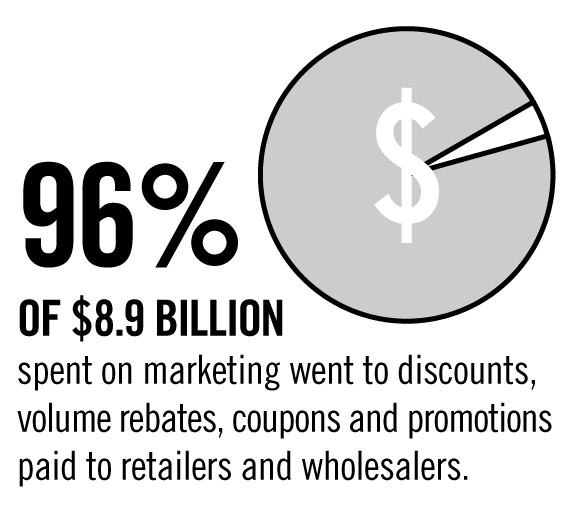
To commercial tobacco execs, it’s known that young customers on Tribal lands are especially price-sensitive. Rock-bottom prices offer an enticing entryway into addictive tobacco products. Let’s examine how RJ Reynolds, Lorillard and Philip Morris colluded in their efforts to hook new users, driving discounts to seemingly bottomless depths.
In their own words, marketers at Lorillard used promotions to “strengthen the bond with loyal smokers.” In practice, they offered discounts so deep, it made purchasing Lorillard cigarettes a no-brainer. Their goal was winning customers at any price — and they did.
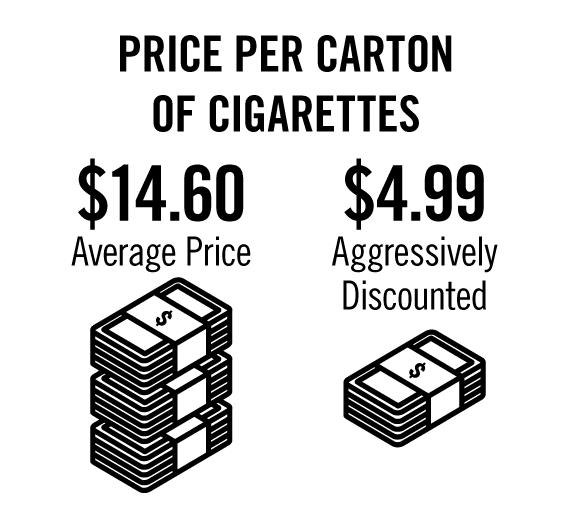
In 1994, RJ Reynolds set out to counter aggressive discounting by Philip Morris and other companies at Tribal retailers. They offered customers deep discounts for purchasing more than one carton of Winstons, reducing the price to an astonishingly low $4.99 per carton. Remember, one carton contains 10 packs (!) of cigarettes.
For Big Tobacco’s bottom line, the discount battles accomplished a lot. Take a look at sales data from 1996. For Lorillard, Tribal retailers made up a significant percentage of total sales in western states, with 5,000–10,000 cartons per week sold in reservation stores. They sold even more during seasonal peaks.
Price reductions weren’t the only method used to lure customers. To reward loyalty, Philip Morris famously offered gifts for volume purchases on tribal lands, including free Marlboro windbreakers and more. The “Marlboro Unlimited” sweepstakes featured themed gifts and train trips through Tribal lands highlighting Tribal cultural attractions.
Contributions
Big Tobacco routinely made charitable contributions in order to, as Philip Morris put it, “build and maintain relationships critical to creating a political, regulatory and attitudinal environment for PM’s business success.”
RJ Reynolds and Lorillard executed similar charitable campaigns. All told, these contributions moved Big Tobacco’s agenda forward, growing community support and helping defeat tobacco control laws, while also increasing sales.
Clearly, these donations weren’t made in kindness. Only greed.
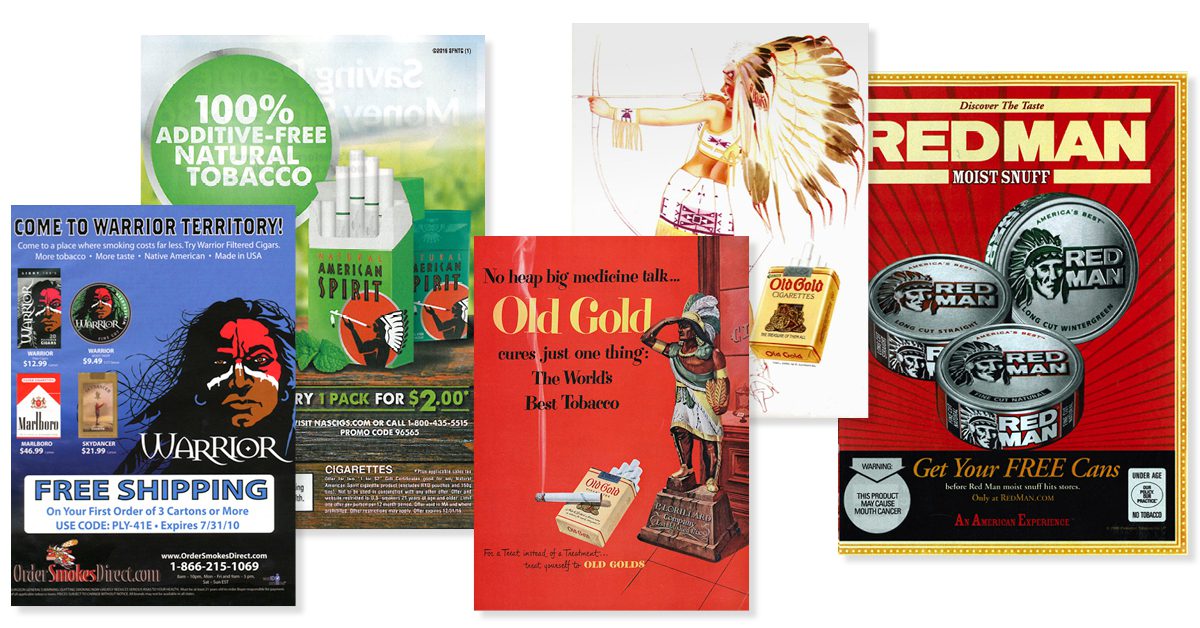
Appropriating Native Culture
As we investigate the scale of Big Tobacco’s impact on Native communities, it’s impossible to measure the damage caused by the industry’s cultural appropriation.
Brands like Big Red, Natural American Spirit, Old Gold and Kent used Native American imagery to create an aura of tradition and natural wholesomeness around their products. They promised customers a slice of this sacred feeling for themselves.
Tarnishing sacred imagery and culture for the purpose of satisfying commercial tobacco shareholders? It robs tribal nations of their identity. It implies their consent, approval and endorsement of these deadly products.
It’s time to set the record straight.
Join The Fight
One thing’s for sure, Big Tobacco won’t end their exploitation of Native Americans — unless we act. We need your voice. We need your support. Join the fight today!
